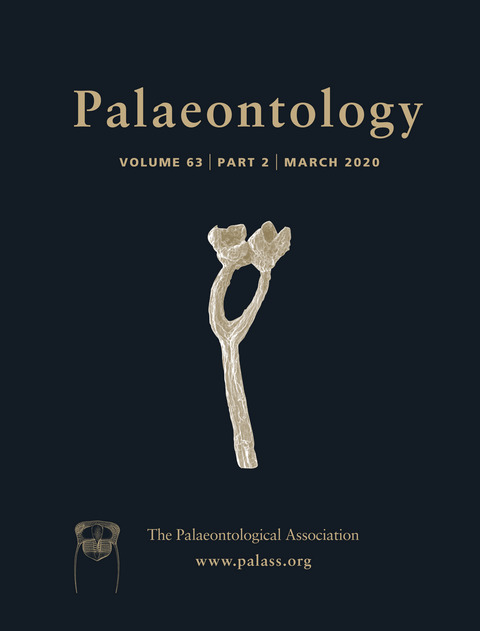Reg. Charity No. 1168330

The functional anatomy of the hindlimb of bipedal dinosaurs has been intensively studied. Yet, surprisingly little work has been done concerning functional adaptation of digits for terrestrial locomotion. While complete and articulated pes skeletons are scarce, pes shape is abundantly recorded by fossil footprints. We elucidate the significance of footprint shape and size for locomotion using a large sample (n = 303) of tridactyl dinosaur footprints from a broad range of geographical localities and time slots. Size and shape variation are characterized separately for theropods and ornithischians, the two principal trackmaker taxa. At smaller sizes, theropod footprints are best discriminated from ornithischian footprints by their smaller interdigital angle and larger projection of digit III; at larger sizes digital widths are effective discriminants. Ornithischian footprints increase in size from the Early Jurassic to the Late Cretaceous, a trend not observed in theropod footprints. Size and function are argued to be important determinants of footprint shape, and an attempt made to infer function from shape. Digit III projection and length‐to‐width ratio of the footprints are negatively correlated with size in both groups; digit impression width is positively correlated with size only in ornithischians. Digit III projection appears to be positively correlated with cursorial ability. Increased interdigital angles are associated with a decrease in digital width, possibly an adaptation for stability. Weak digit III projection and increased digital width are interpreted as adaptations for graviportality. Footprints yield great potential for the understanding of the functional morphology of dinosaur feet.